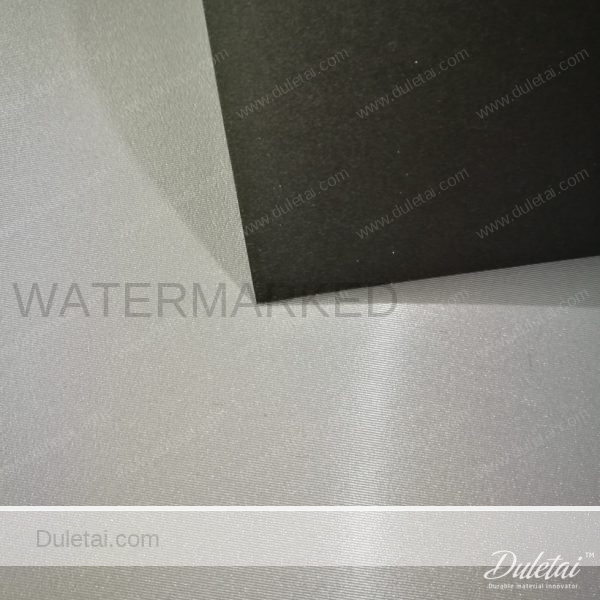


Contrast reaches up to a 100 times that of plain non-reflecting white or grey screens. The material used absorbs up to 95% of incoming light from projectors while negating washout from ambient lighting, especially big ceiling lights. However, positioning of projectors and room lights still matters, and if both face the screen from the same angle, ALR doesn’t work as well.ĬLR or Ceiling Light Rejecting® material is a patented technology from Elite Screens that aims to improve on regular ALR. ALR screens bounce more light back to viewers, resulting in a brighter and bolder image while more effectively redirecting ambient lighting so that it doesn’t interfere as much with image quality. Remember, the more light a screen absorbs, the worse the image quality. Immerse yourself in a new type of entertainment experience with the Epson SilverFlex Ultra 120' Ambient Light Rejecting Super Mega Screen. This causes direct light from the projector to reflect squarely into the viewer's field of vision while the outer contrast layer enhances image quality while absorbing indirect ambient light.Ambient Light Rejection screens (ALR) reflect light back to viewers in a controlled fashion, unlike regular screens that reflect less light and do so in all directions. SilverFlex Ultra 120' Ambient Light Rejecting Super Mega Screen Contact Us 800.463.7766 Mon-Fri 7am-4pm PT Zoom In Designed to be Beautiful in Any Environment. The angular reflective or retro reflective material incorporates a diffusion layer over a highly reflective surface. to the aesthetics of process art and minimalism, rejecting, for instance. The ALR projector screen is superior to traditional white or gray materials in its ability to maintain a sharp, bright image regardless of ambient light. 5 But abandoning the medium did not mean that Long Film for Ambient Light was. This type is also specifically geared toward UST or ultra short throw projectors. This includes CLR® or ceiling light rejecting projector screen materials are specially designed for the presence of overhead light sources commonly encountered in residential and commercial environments. There are many ambient light rejection projector screen variants to choose from. This surface can reject 82 of off-axis ambient light, allowing it to achieve superior contrast in applications with controlled viewing angles. The ambient light rejecting projector screen is the perfect solution for rooms that have little or no control over incidental light. A premium ambient light rejecting surface with a 1.0 gain, TecVision CS1000X ALR features a viewing surface formulated for use in high ambient light applications. CLR projector screens also specialize in rejecting overhead light.Īn ambient light rejecting screen negates the washout effects of ambient light while maintaining superb picture quality under normal room lighting conditions. ALR projector screens reflect ambient light away from the audience, while CLR projector screens absorb ambient light. The main difference between ALR and CLR projector screens lies in how they reject ambient light. However, what is the difference between an ALR and CLR projector screen? If you own a projector, you’ve probably heard a lot about ALR and CLR projector screens, which are becoming extremely popular.


 0 kommentar(er)
0 kommentar(er)
